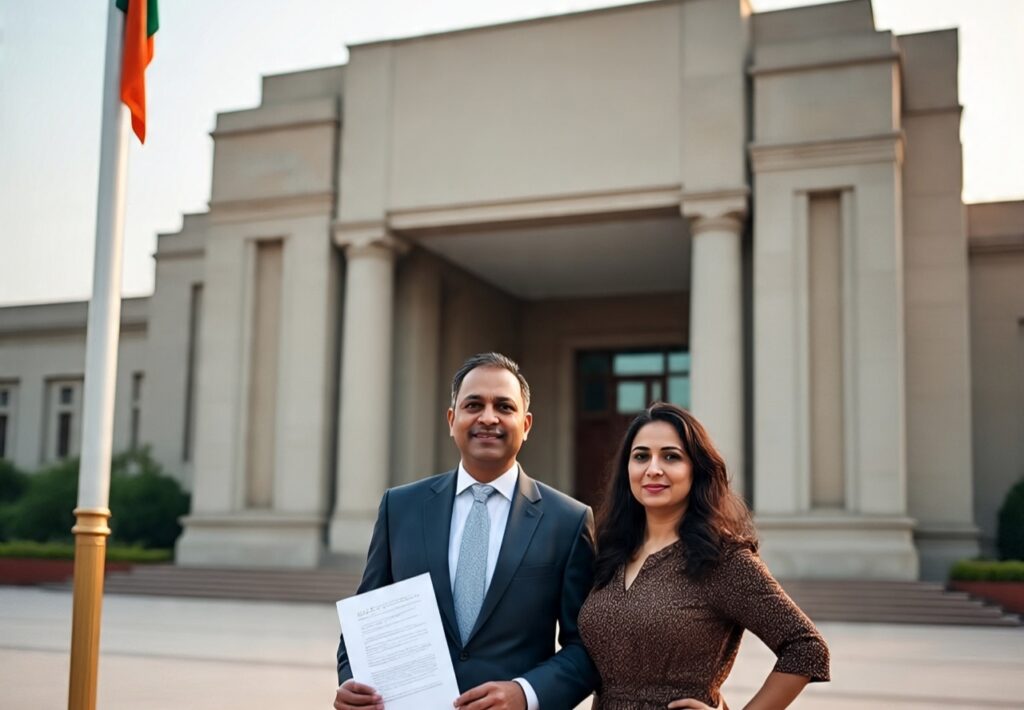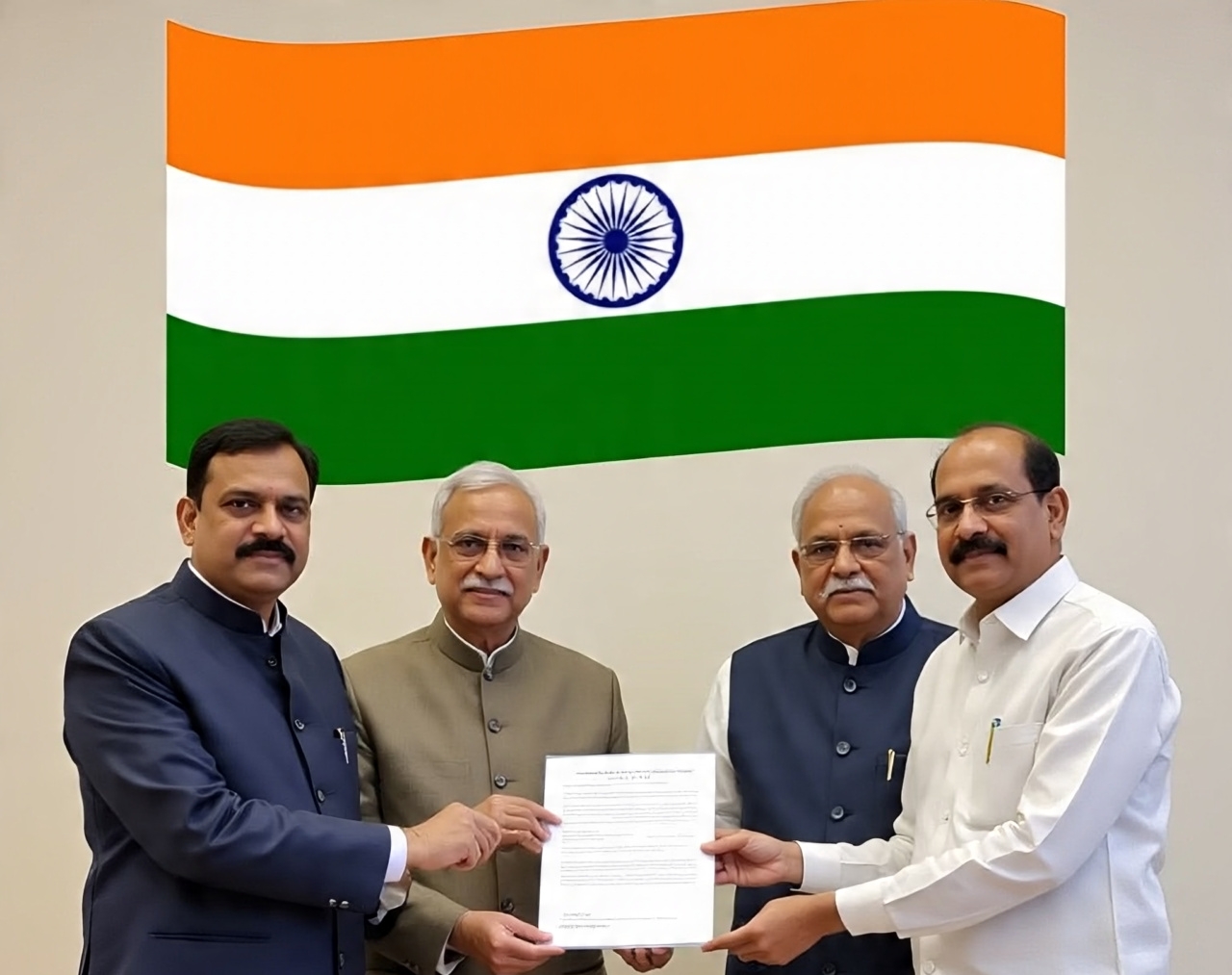The SIR debate can now move beyond Aadhaar. Securing Aadhaar as the 12th document was critical to defanging its disenfranchising impulse. Yet, an exclusive focus on the list of documents can take our eyes away from some of the deeper issues that mar this exercise. In this column, we have discussed how SIR represents a tectonic shift in the architecture of universal adult franchise. It is time to turn to some key procedural issues that the Election Commission of India (ECI) or the judiciary must address before SIR can be exported outside Bihar.
Fortunately, we don’t have to invent the wheel. Over the decades, the ECI has evolved very detailed, sensitive and fair procedures for making and revising electoral rolls so that universal adult franchise is truly universal. Indians can be proud that these procedures have been copied by a large number of post-colonial democracies. The Manual on Electoral Rolls (New Delhi: ECI, 2nd edition, 2023) brings together all laws, rules and orders to provide step-by-step instructions on everything to do with electoral rolls.

The written order and the unwritten practice of SIR violate the ECI’s own Manual at every step. The foundational violation, the original sin as it were, was the SIR order itself. A bolt from the blue, this order of 24.06.2025 invented a new type of revision called “Special Intensive Revision” that did not exist in law. Taking cover behind an exception provision (Section 21(3) of the Representation of the People Act, 1950) that has been invoked only once to rewrite the voters’ list in the Thakurdwara assembly segment of UP in 2003, the ECI unrolled a new kind of nationwide rewriting of electoral rolls.
The useful exercise of “Intensive Revision” was now armed with two weapons of disenfranchisement. One, each potential voter was required to submit an Enumeration Form or face deletion from the draft list. This Form or the requirement for such a form did not exist in law. Two, each elector was asked to provide evidence of citizenship from a list of documents, although the ECI did not possess the power to carry out any such verification, and the apex court orders in Lal Babu Hussain barred the ECI from doing so. Not just that, the ECI invented a new list of 11 documents by junking its existing list of documents of high evidentiary value and coverage in favour of documents of dubious evidentiary value and negligible coverage. The exemption provided to those on the voters list in 2003 also did not enjoy any legal basis, as that revision had nothing to distinguish it from other revisions before or after 2003.

These original legal infirmities have been repeatedly pointed out inside and outside the courts. At least a section of the media, including this newspaper, has drawn attention to how the first phase of SIR disregarded even this flawed SIR order. The story of how the ECI kept changing its own instructions through oral orders and how the BLOs resorted to fudging and forging to meet the impossible SIR deadlines is also recorded. Let us address here some of the most egregious lapses from the ECI’s meticulous Manual post the publication of the Draft Electoral Rolls.
The exclusion of over 65 lakh voters in the earlier list should have triggered multiple provisions of the Manual that ask the officials to pay very special attention to any significant deletion. All polling stations “where number of deletions exceeds 2 per cent of the total electors” must be cross-verified personally by ERO (Manual, Para 11.4.5). If the ECI had taken this mandate seriously, it would have had to order verification of over 93 per cent of all booths in the state. Besides, all EROs have been mandated to check booths with high additions or deletions (Para 11.4.3). That would have required checking of the 1,988 booths where more than 200 previous voters were deleted. There is no public record that any ERO carried out any such verification.
The publication of draft electoral rolls invites another set of red flags from the Manual that the ECI seems to have disregarded. The Manual (Para 11.4.3) instructs each ERO to personally and physically verify households with 10 or more electors. If the ECI had followed its own instructions, it would have had to visit nearly 17 lakh households (excluding houses marked ‘0’) in Bihar and double-check nearly 2.78 crore voters who live in such houses, some of which shelter more than 800 voters each. The ECI also turned a blind eye to its mandate (Para 11.4.3) of cross-verification of booths with “abnormal gender ratio”. There are more than 29,000 booths where women accounted for more than 60 per cent of the total deletions. In the draft electoral rolls, more than 13,000 booths show a significantly lower (over 1 standard deviation) from the average gender ratio, and 1,751 booths fall in the highly abnormal (2 standard deviations or more) category.
Let us turn to the next phase of “claims and objections”. The Manual lays down a very high degree of transparency for every single claim of inclusion and exclusion, which the ECI appears to have forgotten. The Chief Electoral Officer of the state has been directed that “all application forms should be computerised daily and a list of these applications should be posted on the website of the Chief Electoral Officer of the concerned State on a day-to-day basis. The status of each application form should be clearly visible on each row of the list. Further, the web application used for this purpose should also provide a facility that, on clicking on any row in the list, the concerned application form can be printed by any citizen” (Para 11.3.4). Besides, a list of all claims and objections should be personally handed over by the ERO to representatives of all political parties at the end of every week (Para 11.3.5).
So far, seven weeks after these provisions kicked in, the ECI has not fulfilled any of these requirements. As of September 6, a week after the deadline for claims and objections, the website of the CEO of Bihar had uploaded less than one-third of the records of objections and about one-fifth of the records of new claims. The mandate of allowing the downloading of each form was not followed in a single case. In most cases, the EROs have not held weekly meetings with political parties, let alone hand over the list to them. The three leading opposition parties have written to the ECI pointing out these violations, but to no avail. As per the ECI’s own norms (Para 11.3.6 (iii) of Manual), no claim or objection can be disposed of until one week after the publication of these lists in the prescribed format. Yet, the ECI proudly announced that it disposed of more than 1.3 lakh applications by September 1 without following this mandate.
Finally, the ongoing exercise of notices being issued to “ineligible electors” for deficiencies in their documentation. Media speculations abound as no one quite knows how many notices have been issued, to whom and where. This again violates the mandate of strict transparency in Section 21 A (c) of The Registration of Electors Rules, 1960, as per which, for every deletion from the Draft Rolls, the Registration Officer is required to “exhibit, on the notice board of his office, the list of deletions with a notice on the time and place at which the question of deletion of these names will be considered.”
All this raises a basic question: Why is this exercise being carried out in a shroud of secrecy, disregarding all the well-laid-out norms that have been evolved over the years? If the ECI refuses to abide by these, will the apex court go along? That is a critical question for the next hearing in the Supreme Court.
Yogendra Yadav । योगेन्द्र यादव
National Convenor, Bharat Jodo Abhiyaan | Member, Swaraj India | Swaraj Abhiyan| Jai Kisan Andolan



